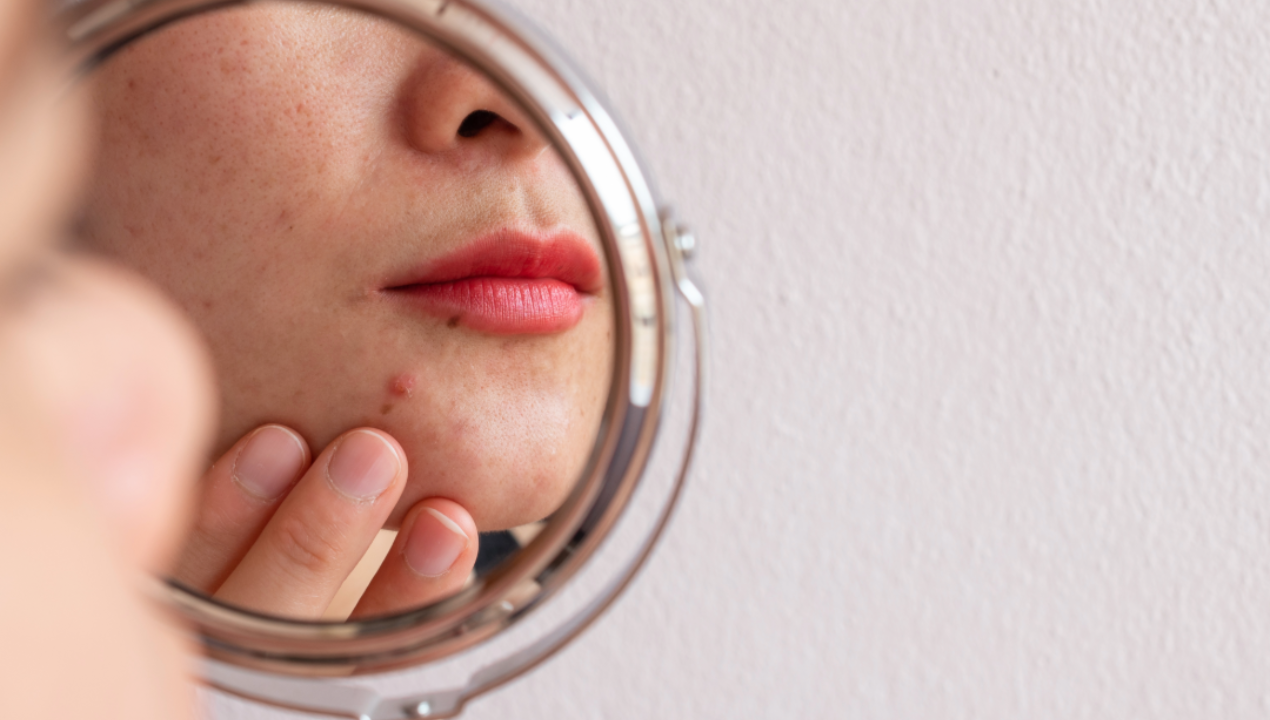Full Practice Authority: What does this mean for our patients?
Full Practice Authority: What Does This Mean for our Patients? By: Mona Williams-Gregory, Ph.D., DNP, APRN

By: Beth Williams, MSN, FNP-C
In January, the American Academy of Dermatology (AAD) updated its acne vulgaris management guidelines1. They thoroughly examined the literature and produced recommendations based on existing evidence, incorporating newly approved treatments since their 2016 guidelines2. This gives providers an excellent basis for treating patients with acne.
The document is a worthwhile read and includes a useful decision tree. We’ve identified some highlights within the document that you may find helpful in examining your management of patients (ages 9+) with acne.
First, the AAD recommends using the Investigator’s Global Assessment (IGA)3 (or a similar grading tool). With the IGA instrument, acne severity is ranked from 0 (‘clear’) to 4 (‘severe’). This helps providers gauge initial acne severity and response to treatment. Tracking the patient’s satisfaction with their appearance, treatment, and quality of life is also essential.
Next, they concluded that topical retinoids, benzoyl peroxide (BP), topical antibiotics and fixed-dose topical combinations are demonstratively effective, as well as oral doxycycline and oral isotretinoin1.
Topical therapies are quite effective for acne management and are the mainstay for any acne regimen, and topical retinoids are the foundation for treatment. They normalize skin cell turnover and suppress inflammation4. No research suggests that one is superior to another, so they should be prescribed based on your patient’s tolerance and response to treatment1.
Additionally, BP continues to be a cornerstone of acne treatment. It’s an antimicrobial that reduces the formation of inflammatory and noninflammatory comedones. There has been no reported C. acnes resistance – which separates it considerably from the antibiotics on the list1.
Combination drugs (BP/retinoid, BP/topical antibiotic, retinoid/topical antibiotic) are also recommended. Individual component vs the fixed-dose combination costs should be explored as there may be significant discrepancies depending on the regimen1.
Moving onto antibiotics (topical and oral) here’s the biggest takeaway – avoid monotherapy! Combining topical antibiotics with BP is advised to enhance efficacy and limit drug resistance1. Regarding oral antibiotics it’s important to note that only doxycycline is strongly recommended. The AAD advises doxycycline if a patient has moderate-to-severe acne, has failed other treatments, and is using concomitantly with BP and other topicals (particularly retinoids)1. They caution providers to limit treatment to 3-4 months, and to heed the usual warnings with doxycycline (i.e., gastrointestinal upset, esophagitis, phototoxicity, avoidance in pregnancy/lactation) regardless of dosage (which can range in once or twice daily dosing from 20mg to 100mg)1,5.
Despite limited research demonstrating its effectiveness and mechanism of action, oral isotretinoin is strongly recommended for severe acne, acne causing psychosocial burden/scarring, or acne failing standard treatments1. Dermatologists have been using this drug for decades, noting remarkable success.
On a final note, the group did release some Good Practice Statements which may not have robust evidence, but have notable benefits and limited harm. We’ve included a chart below for your review.

The AAD did not strongly recommend anything prohibitive by cost (or access), or where there’s weak or absent data. There are several therapies which are conditionally recommended, that should also be considered (and include hormonal targets). Other acne therapies are not necessarily ineffective or inappropriate for your patients – more research just needs to be done, including within diverse populations, and guidelines will need to be regularly revised1.
References:
1. Reynolds, R.V. et al. (2024) ‘Guidelines of care for the management of Acne Vulgaris’, Journal of the American Academy of Dermatology, 90(5). doi:10.1016/j.jaad.2023.12.017.
2. Zaenglein, A.L. et al. (2016) ‘Guidelines of care for the management of Acne Vulgaris’, Journal of the American Academy of Dermatology, 74(5). doi:10.1016/j.jaad.2015.12.037.
3. U.S. Food and Drug Administration (FDA) Acne Vulgaris: Developing Drugs for Treatment [Internet] FDA; 2005. [cited 2024 May 22]. Available from: https://downloads.regulations.gov/FDA-1975-N-0012-0317/attachment_250.pdf.
4. Dreno, B. et al. (2022) Update: Mechanisms of topical retinoids in acne – jddonline – Journal of Drugs in Dermatology. Available at: https://jddonline.com/articles/update-mechanisms-of-topical-retinoids-in-acne-S1545961622P0734X (Accessed: 22 May 2024).
5. Graber, E. (2022) Acne vulgaris: Management of moderate to severe acne in adolescents and adults, Up-To-Date. Edited by R.P. Dellavalle et al. Available at: https://www-uptodate-com.bryant.idm.oclc.org/contents/acne-vulgaris-management-of-moderate-to-severe-acne-in-adolescents-and-adults?search=acne+vulgaris+treatment&topicRef=42&source=see_link#H1935092510 (Accessed: 24 May 2024).
Full Practice Authority: What Does This Mean for our Patients? By: Mona Williams-Gregory, Ph.D., DNP, APRN
By: Indira Maurer, DNP, MSN, FNP-C
3 min read
STI (Sexually Transmitted Infections) Awareness MonthBeth Williams, MSN, FNP-C Ah, Spring – flowers, birds, bees … they’re all...